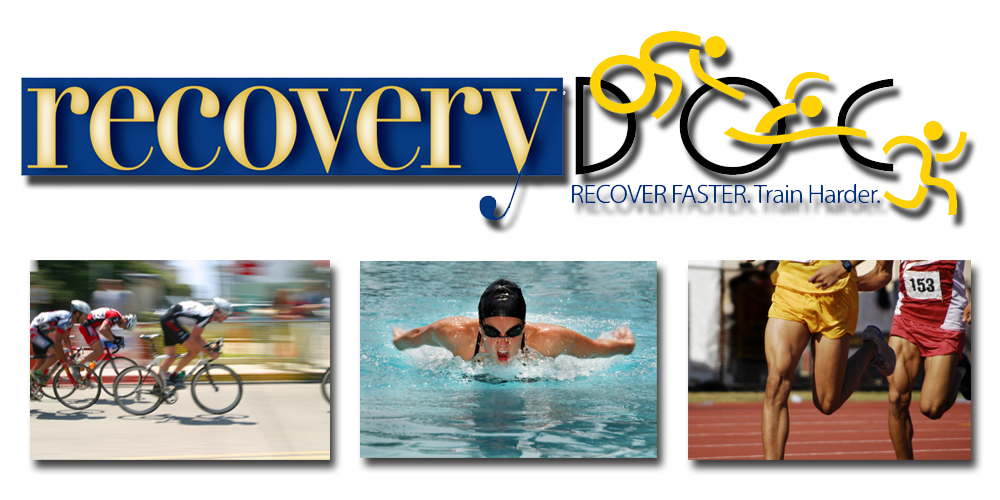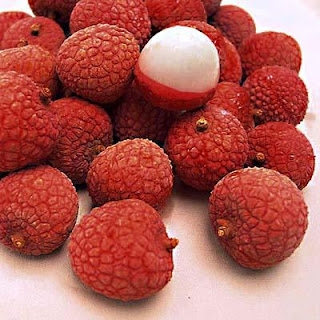
Background: Patellar tendinopathy is a common overuse injury among jumping athletes. No evidence-based treatment guidelines exist. Extracorporeal shockwave therapy (ESWT) appears to be a promising treatment but its effectiveness has not been studied in athletes with patellar tendinopathy who have symptoms for 3 to 12 months and are still playing.
Purpose: The TOPGAME study was created to determine the effectiveness of ESWT on pain, symptoms, and function in athletes with early symptomatic patellar tendinopathy who are still in training and competition.
Study Design: Randomized controlled trial; Level of evidence, 1.
Methods: Athletes playing volleyball, basketball, or handball with patellar tendinopathy for 3 to 12 months were randomized into the ESWT or placebo group during the first half of the season. The ESWT group received 3 ESWT treatments while the placebo group received sham ESWT. In-season follow-up measurements were 1, 12, and 22 weeks after treatment. The primary outcome was severity of patellar tendinopathy determined with the Victorian Institute of Sport Assessment–Patella (VISA-P) questionnaire. Secondary outcome measures were pain during activities of daily living and sports and after functional knee-loading tests rated on a visual analog scale and subjective improvement. Multilevel analyses were performed to determine differences between groups over time.
Results: Of the 127 symptomatic athletes invited to participate, 62 were eligible, gave consent, and were randomized into the ESWT (n = 31) or placebo group (n = 31). Mean VISA-P scores before and 1, 12, and 22 weeks after treatment were 59.4 (±11.7), 66.8 (±16.2), 66.7 (±17.5), and 70.5 (±18.9) for the ESWT group and 62.4 (±13.4), 66.3 (±19.0), 68.9 (±20.3), and 72.7 (±18.0) for the placebo group. For the VISA-P, there was a significant effect for time (P < .01) but no treatment × time interaction effect (P = .82). The same pattern was seen in visual analog scale pain scores. One week after final treatment, significantly more athletes in the ESWT group reported subjective improvement (65% vs 32%; χ2 = 6.46, P = .01). This was the only difference noted between the 2 groups.
Conclusion: Extracorporeal shockwave therapy as a solitary treatment during the competitive season has no benefit over placebo treatment in the management of actively competing jumping athletes with patellar tendinopathy who have symptoms for less than 12 months.
Keywords:















.JPG)




